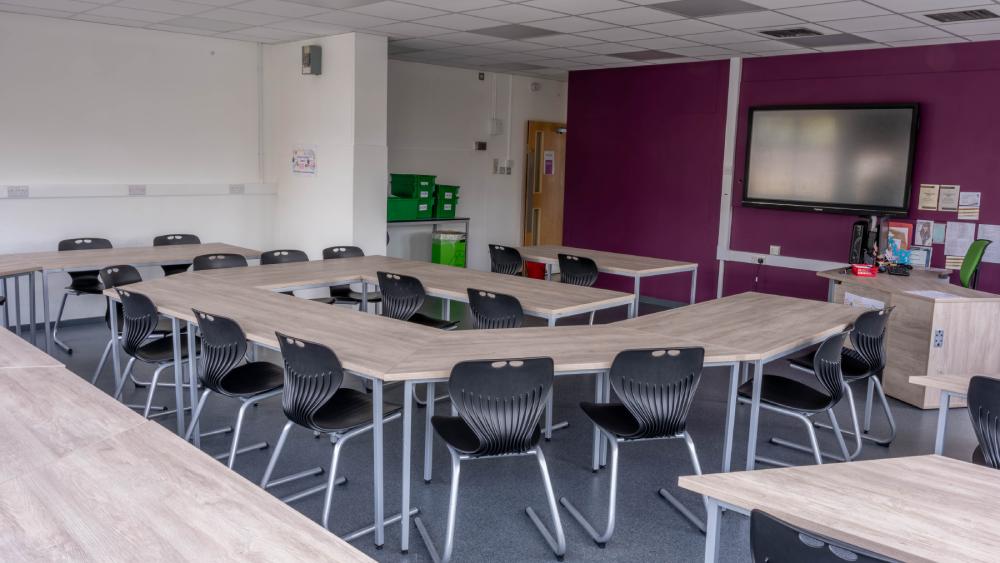Thinking Outside of the Conventional Classroom Box: How Movement and Flexibility are Key in Creating Inspiring Learning Environments
Widespread disruption to education throughout the Covid-19 pandemic forced pupils to continue their learning outside of the classroom, and engage in home learning, navigating not just a different learning location but a new way of collaborating with teachers and peers online with the aid of technology. Whilst embracing technology to keep students connected and enabling remote study were both a challenge, particularly with the digital divide, and an advancement, it highlighted the need for learning environments to be innovative, flexible, modern and inclusive. It also raised an important question: how can schools ensure they are fit for purpose as learning environments to inspire our 21st century learners?
When we think of a classroom, we typically imagine the traditional front facing layout. The board and the teacher at the front, with desks in rows facing forward. However, research has suggested modern classroom layout and the design of the overall internal environment is intrinsically linked to pupil behaviour and performance. Underpinning pedagogy, the approach to teaching and learning, is design. Consideration should be given to lighting, temperature, colour schemes, air quality and biophilic design elements. However, crucially the most impact can be derived from thinking about the space in the environment, how it is and can be used, how the layout can support teaching practice and student experience.
Designing a Space for Teaching and Learning
According to the University of Salford ‘Clever Classrooms Report’, which was published as long ago as 2015, a well-designed classroom can boost learning progress in students by up to 16%.
A learning environment comes in all different shapes and sizes, from the conventional square box to accommodate up to thirty pupils, to modular configurations with sliding doors and open plan arrangements, separate break-out and study areas and Learning Resource Centres. These key areas across the school play a vital role in shaping how a pupil engages with their environment, their teachers, peers and the subject matter.
In a first of its kind report, ‘Clever Classrooms’ identified evidence-based physical factors associated with the learning environment that impact and improve the academic performance of primary school pupils in the core curriculum areas of reading, writing and mathematics. Three design principles were evaluated: Naturalness (light, temperature, air quality), Individualisation (ownership and flexibility) and Stimulation (complexity and colour), with Individualisation and Stimulation accounting for just over half of the impact. Irrespective of teaching methodology, be it social learning, individual learning, student-centered or teacher-centered learning, key requirements for designing a space for effective teaching and learning are flexibility – adapting and innovating the space through layout and design and stimulation – considering the use of colour and movement to promote sensory experiences that benefit the learning experience.
The Importance of Flexibility
Environmental psychologist Professor Robert Sommer claimed “The teacher’s educational philosophy will be reflected in the layout of the classroom. The teacher should be able to justify the arrangement of desks and chairs on the basis of certain educational goals. There is no ideal classroom layout for all activities.”
The ability to create flexible and re-configurable layouts within learning environments offers a tremendous benefit to teachers who can quickly and easily rearrange furniture to best suit the functional and educational learning objectives. To inspire more collaborative learning styles, classroom layout focusses on nests or clusters of tables for group interaction and soft seating elements such as stools or beanbags to encourage relaxed group discussion.
Extending out from the classroom, break-out areas offer an opportunity to create flexible learning zones. The use of modular seating configurations can create spaces to promote social learning, encourage lively debate and are an opportunity to set the mood of more informal learning away from the conventional classroom. Modularity allows for the layout to be adjusted according to group size and purpose. Pods or booths are a great way to create more intimate and quieter spaces for individual study or 1:1 learning. Circular and semi-circular seating configurations are popular for promoting inclusive and welcoming spaces.
How Movement Promotes Learning
We are all familiar with the physical and mental health benefits associated with movement and exercise. Being active, through sport or taking a daily walk outside in the fresh air, is good for our body and releases a chemical that is good for our mind, helping to improve our overall wellbeing. However, many learning environments are set-up to restrict movement. Movement supports attention, concentration, emotion, perception, logic, reasoning, and auditory and visual processing. So how can we promote more movement in the learning environment to harness and promote these important cognitive benefits?
Depending on pedagogy, environments can be designed to promote free-flow, encouraging student choice and movement. However, this is not always possible where environments need to be focused on teacher-centered instruction. In these circumstances, it is possible to introduce movement through the design and functionality of the furniture. Physical movement facilitates learning by engaging the body and the brain. Student task chairs enable movement in any direction through a swivel seat and mobile castors. Ideal for ICT suites where pupils are concentrating on screens to complete study tasks. Mobile tables and chairs on castors allow for flexibility and movement and can be quickly configured into collaborative layouts for group work. Multipurpose seating with a cantilever frame is a great way to introduce movement into an otherwise static environment. Strong and lightweight, the innovative construction of the L-shape tubular frame ensures strength and durability whilst allowing flex movement in the ergonomic design of the seat.
Creating Inspiring Learning Environments
There is no one size fits all approach to creating a space that will inspire students to learn and flourish. But Winston Churchill’s famous saying ‘failure to plan is planning to fail’ is particularly relevant when it comes to planning and designing learning environments. Students need to feel connected, engaged and supported. Designing environments with this in mind, supporting schools and teachers to best implement their individual teaching practices, and including key elements of movement and flexibility into the design are essential building blocks for successful learning environments of the future.
At Rhubarb Seating we have over a decade of experience working with the education sector to create flexible learning spaces, taking individual requirements into consideration. We have a broad portfolio of seating suitable for promoting collaboration, flexible configuration and movement. Our in-house design capabilities mean we can support with space planning, bespoke seating and project planning.


